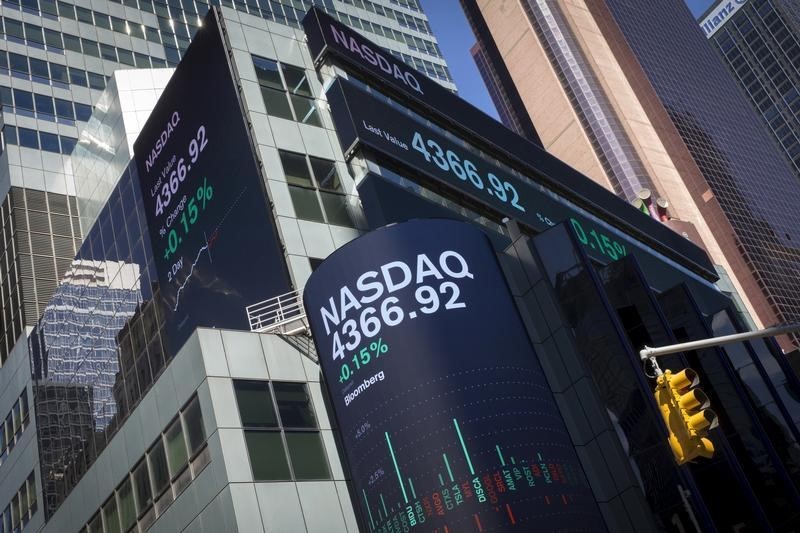Analysts at Morgan Stanley released a report this week detailing the research company’s bullish stance on Detroit automakers, Ford (NYSE:F) and General Motors(NYSE:GM) into 2024.
Over the past few years, U.S. OEMs have faced significant challenges. Increased interest rates have negatively affected affordability, while the rapid rise of EVs has impacted market share. A situation that led to inventive but risky capital allocation strategies.
Looking ahead to 2024, analysts believe that there's potential for these challenges to ease, especially if there's a shift towards more disciplined capital management. These changes could serve as crucial catalysts for Detroit-based OEMs in the coming year.
During 2023, and as recently as last month, car dealers have been consistently discussing a noticeable decrease in car purchases, referring to it as a 'buyers' strike'. This decline in both new and used car sales is primarily attributed to the impact of higher interest rates. As interest rates ease in 2024, sales of large discretionary items are expected to rise.
“Auto consumers buy cars the way they buy houses: Lower mortgage, more house. Lower auto payment, bigger truck. Directionally positive for volume and mix.” Wrote Morgan Stanley in a note.
An increase in EV penetration in recent years represents a significant challenge for the US auto industry. This shift not only reduces market share for traditional/legacy vehicles but also poses a risk to their long-term value. For instance, when GM revealed plans to halt the sale of internal combustion engine (ICE) vehicles by 2035, the company’s stock price experienced a notable increase.
However, the adoption of electric vehicles has slowed. The deceleration in EV growth can be attributed to various factors encompassing geopolitical concerns such as the risk in China's supply chain, economic challenges where EVs often incur losses, and consumer-related issues like a market saturated with early adopters, declining residual values, complexities in collision repairs, insurance hurdles, and inadequate infrastructure.
Collectively these factors pose significant obstacles to the widespread adoption of EVs. Slower EV adoption means slower ICE de-adoption. Another positive for Detroit OEMs.
The biggest opportunity Morgan Stanley sees for the Detroit automakers is the company’s capital allocation strategy.
Ford and GM are currently valued at around 2 years' worth of their capex and R&D spending, whereas the broader market typically values companies at around 50 years of such expenditures. Considering that more than half of the overall spending by OEMs is directed towards EVs, there exists a significant potential to preserve, if not generate, considerable value through a restructured and fine-tuned spending approach.
“We expect continued EV investments in Detroit, but at a far lower rate than projected.” Writes Morgan Stanley.
In their view, the core ICE business can generate strong cash flows for longer than the market anticipates. Analysts at Morgan Stanley believe both GM and F can participate in the EV market at some scale by adopting a more cautious and cooperative strategy, all the while distributing profits back to shareholders.
Shares of GM and F are up 1.10% and 1.18% respectively in early trading on Thursday.
